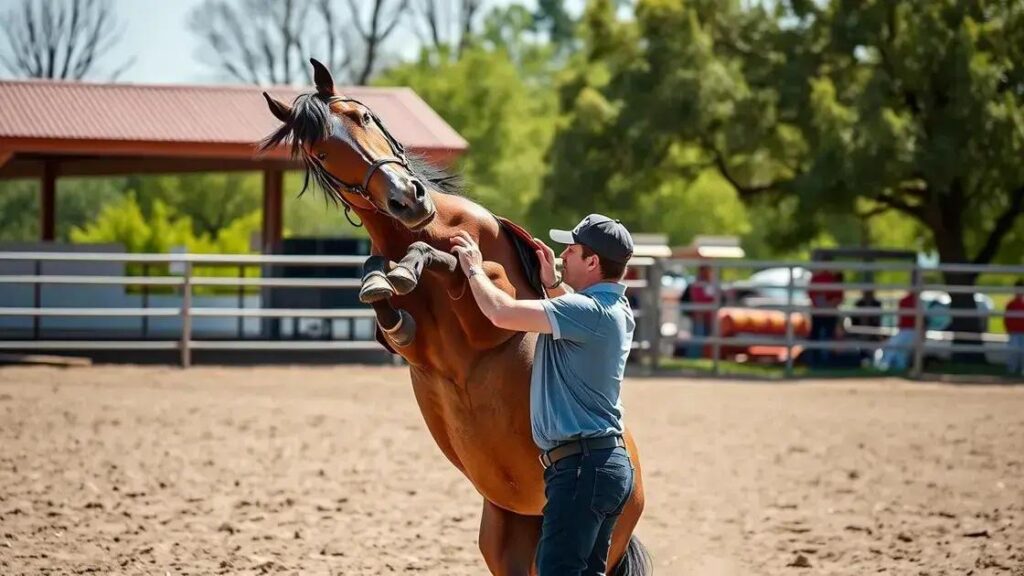The time it takes for a horse trick to show results varies, typically ranging from 1 to 6 months. Key factors impacting training duration include the horse’s age, temperament, previous experience, and the trainer’s skill level. Effective training strategies such as setting clear goals, using positive reinforcement, and maintaining a consistent practice schedule can significantly aid in accelerating the learning process.
Have you ever wondered how long it takes for the Horse Trick to show results? Training a horse is a delicate process that varies depending on numerous factors, including the horse’s temperament, prior training, and the trainer’s experience. This article will delve into the key elements that influence the success of this trick, providing you with a clear understanding of the training timeline and valuable tips to enhance your training regimen.
Understanding the Horse Trick
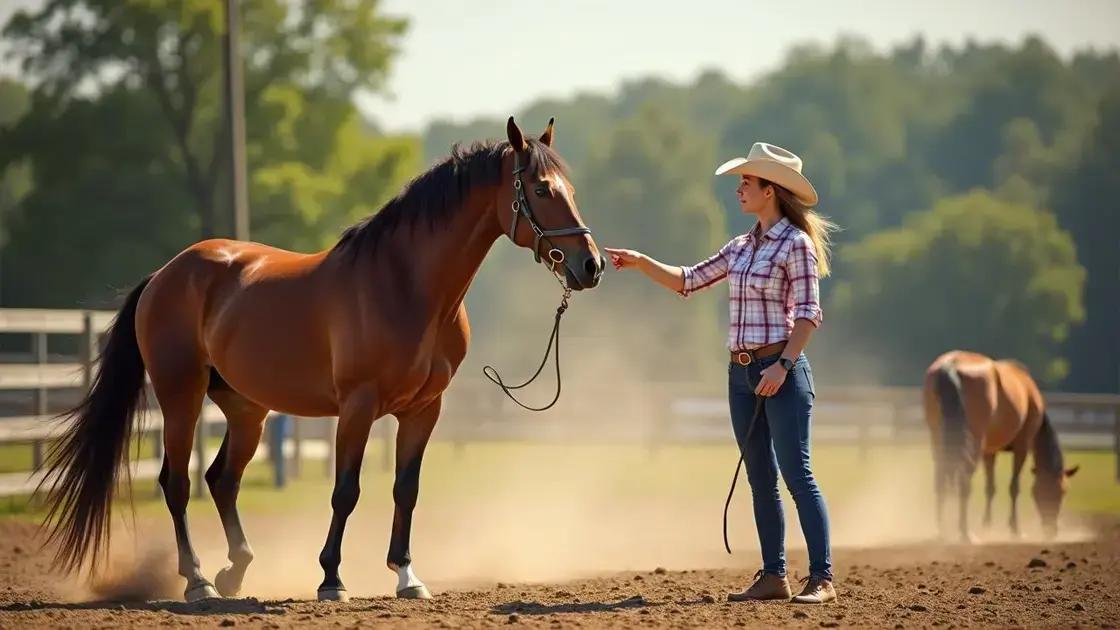
Understanding the Horse Trick is crucial for any aspiring equestrian. This trick is a way to communicate and bond with your horse. It usually involves teaching your horse to respond to specific cues or commands. These can vary from simple commands to more complex tricks that require time and patience.
What is the Horse Trick?
The Horse Trick typically refers to various behaviors that you can teach your horse. They can range from basic responses like “come” and “stop” to more advanced actions such as “bow” or “lie down.” The trick aims to enhance the relationship between the horse and trainer, showcasing the horse’s intelligence and ability to learn.
Key Components of a Successful Training
Successful training involves consistency, patience, and positive reinforcement. Always reward your horse for correct behavior, as this builds confidence and encourages further learning. Techniques like clicker training can be very effective, as they provide immediate feedback to the horse.
Why Understanding Matters
By grasping the principles of the Horse Trick, trainers can set realistic expectations for their horse’s learning process. This understanding allows trainers to adjust their techniques, ensuring that both horse and trainer remain engaged and motivated throughout the training period.
Furthermore, knowing your horse’s body language can help you interpret its feelings and reactions. A calm and focused horse is more likely to succeed, making this understanding key to achieving your desired results.
Factors Affecting Training Time
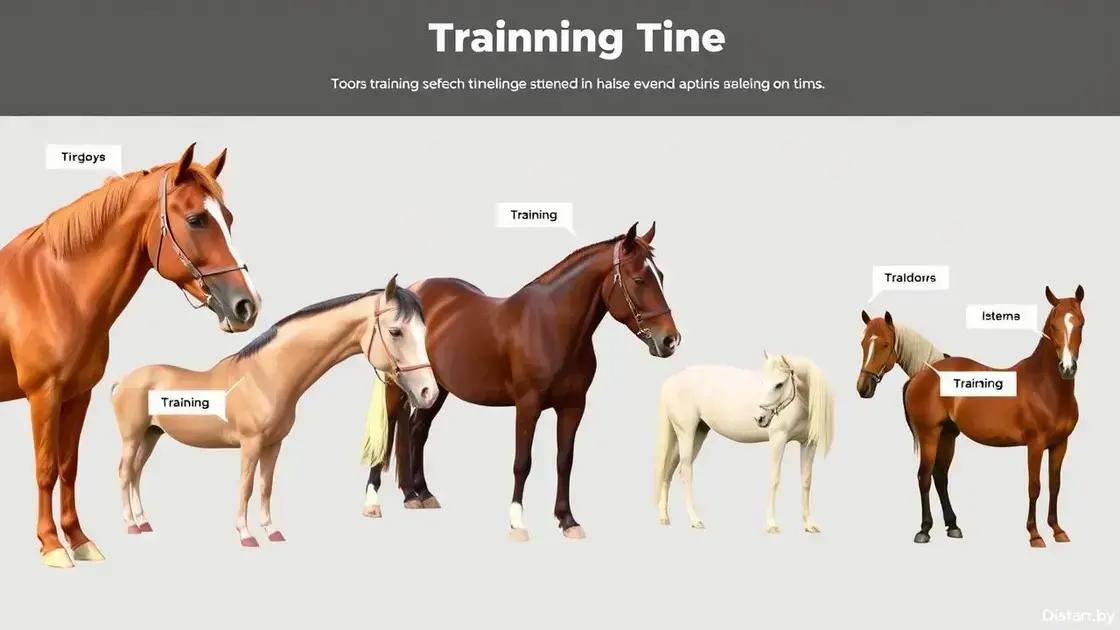
When training a horse, several factors affect the training time. Understanding these factors can help set realistic expectations and improve training outcomes. Here are the key elements to consider:
1. Horse’s Age
The age of the horse plays a significant role in its learning ability. Younger horses tend to learn faster due to their natural curiosity. However, older horses often have built-in habits that may require more time to change.
2. Previous Training Experience
If a horse has prior training, it can affect the time needed for new tricks. A horse familiar with basic commands may pick up new tricks more quickly than one without training experience. Building on existing skills can streamline the learning process.
3. Temperament and Personality
A horse’s temperament can impact its willingness to learn. Calm and patient horses usually respond better to training. On the other hand, more spirited or anxious horses may need extra time and care to build trust and focus during training sessions.
4. Trainer’s Experience
The trainer’s skill set is a vital element in determining training time. Experienced trainers can identify the best techniques and approaches to teach the horse effectively. In contrast, novice trainers might find the process takes longer due to a learning curve in their own techniques.
By considering these factors, trainers can better plan their training sessions to align with each horse’s unique needs, which can lead to faster and more effective results.
Expected Timeline for Results
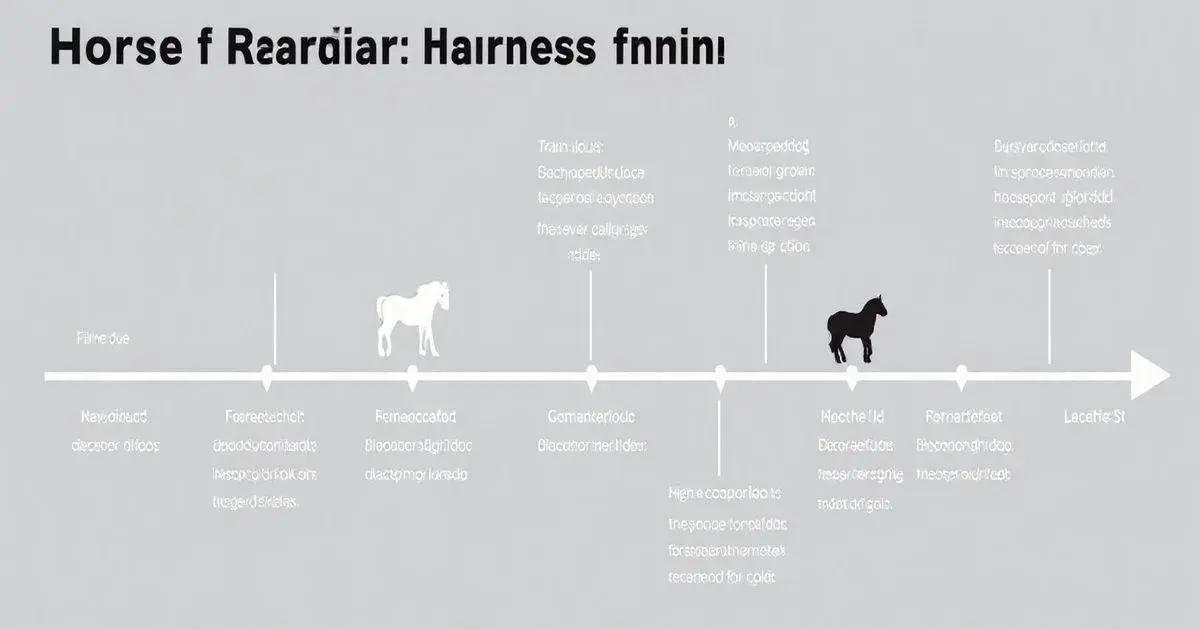
Understanding the expected timeline for results in horse training helps set proper goals. Below are general time frames based on common scenarios:
1. Initial Training Phase
During the first few weeks, horses typically learn basic commands and tricks. You can expect to see initial responses within 1 to 3 weeks of consistent training. Patience is key as the horse learns to understand your cues.
2. Developing Skills
After the basics, developing more advanced skills may take an additional 4 to 8 weeks. This phase includes reinforcing commands and adding complexity to the tricks. Regular practice during this time is essential for success.
3. Mastery of the Trick
Achieving mastery of a specific horse trick can take anywhere from 2 to 6 months. The timeline depends on the horse’s learning pace and the trainer’s experience. Practicing in a calm environment helps optimize training sessions.
4. Maintaining Skills
Once a horse has mastered a trick, maintaining that skill requires periodic practice. Engaging in refresher sessions every few weeks ensures the horse stays sharp and maintains its abilities.
These timelines can vary widely based on individual circumstances, so flexibility and understanding are vital for effective horse training.
Tips to Accelerate Training Success
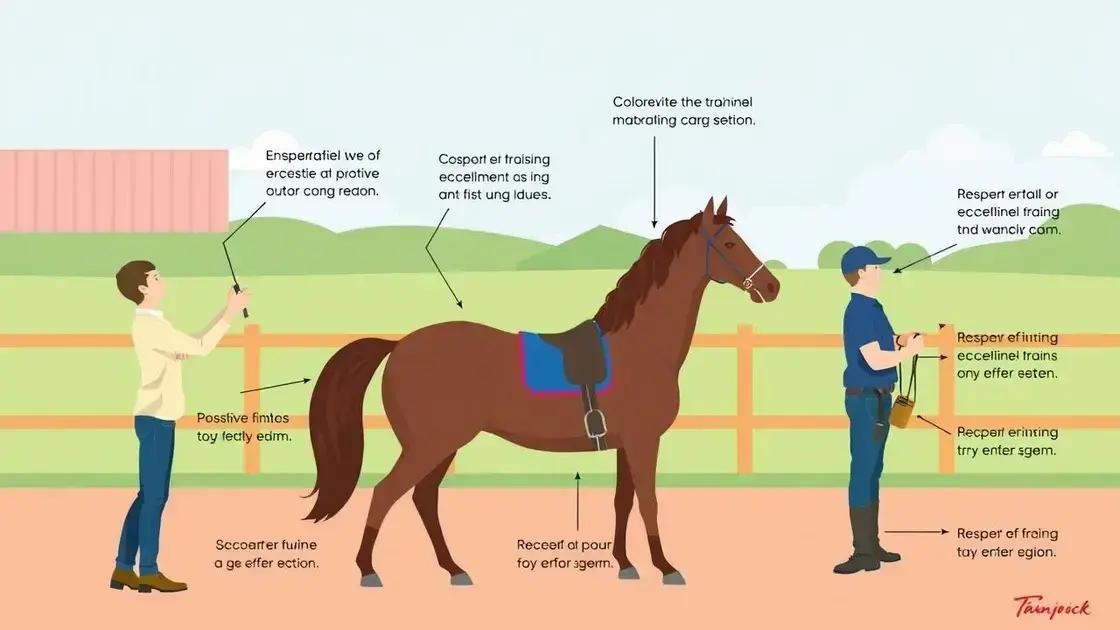
To accelerate training success, applying specific techniques can significantly improve the learning process. Here are some effective tips:
1. Set Clear Goals
Before starting training, set clear and achievable goals for each session. Goals help maintain focus and motivate both you and your horse. Break down larger tricks into smaller steps for easier progress tracking.
2. Use Positive Reinforcement
Positive reinforcement is crucial in horse training. Reward your horse with treats, praise, or gentle petting immediately after it performs a desired action. This encourages the horse to repeat the behavior in the future.
3. Keep Sessions Short and Fun
Horse training should be engaging and enjoyable. Keep training sessions concise, ideally lasting 15 to 30 minutes. Short, fun sessions prevent fatigue and frustration, both for you and your horse.
4. Practice Consistently
Consistency is critical in training. Try to practice regularly—daily or a few times a week—so the horse stays in the learning mindset. Regular interaction helps reinforce what the horse learns, creating more lasting results.
5. Create a Positive Environment
Make sure the training environment is calm and free from distractions. A quiet space allows both the trainer and the horse to focus better. Additionally, ensure that the horse feels safe and comfortable in the training area.
6. Be Patient and Flexible
Every horse learns at its own pace. Be patient when progress seems slow and adjust your methods if needed. Flexibility in your training approach allows you to find what truly works for your horse.
Using these tips can help enhance the overall training experience, leading to faster and more effective results for both you and your horse.
In Summary: Mastering the Horse Trick
Training a horse to perform tricks is a rewarding journey that combines patience, consistency, and understanding. The timeline for mastering a horse trick can vary based on several factors, including the horse’s age, previous experience, and the trainer’s skill level.
By understanding the intricacies of horse training, such as the expected timeline for results and tips to accelerate success, trainers can create effective strategies that foster a strong bond with their horse. Remember to set clear goals, use positive reinforcement, and maintain a supportive training environment.
With dedication and the right approach, you’ll find that the rewards of training your horse go far beyond just performing tricks—they enrich your relationship and create unforgettable experiences.
FAQ – Frequently Asked Questions About Horse Training
How long does it typically take to train a horse for a trick?
The time to train a horse for a trick can vary widely, typically taking from 1 to 6 months, depending on the horse’s age, experience, and the complexity of the trick.
What factors can affect how quickly a horse learns a trick?
Factors include the horse’s age, previous training experience, temperament, and the trainer’s skill. Each plays a key role in determining training speed.
What are some tips to improve the efficiency of horse training?
Use clear goals, positive reinforcement, consistent practice, and keep training sessions short and fun. A calm and supportive environment also helps.
Is it important to have experience in horse training to achieve results?
While experience can help, it is not mandatory. A dedicated and patient trainer can also achieve positive results by learning and applying effective techniques.
How can I tell if my horse is making progress in training?
Look for signs like increased responsiveness to commands, willingness to participate, and improved understanding of the trick being taught.
Can all horses learn tricks?
Most horses can learn tricks, but some may take longer than others. It’s essential to consider each horse’s individual personality and learning style.

